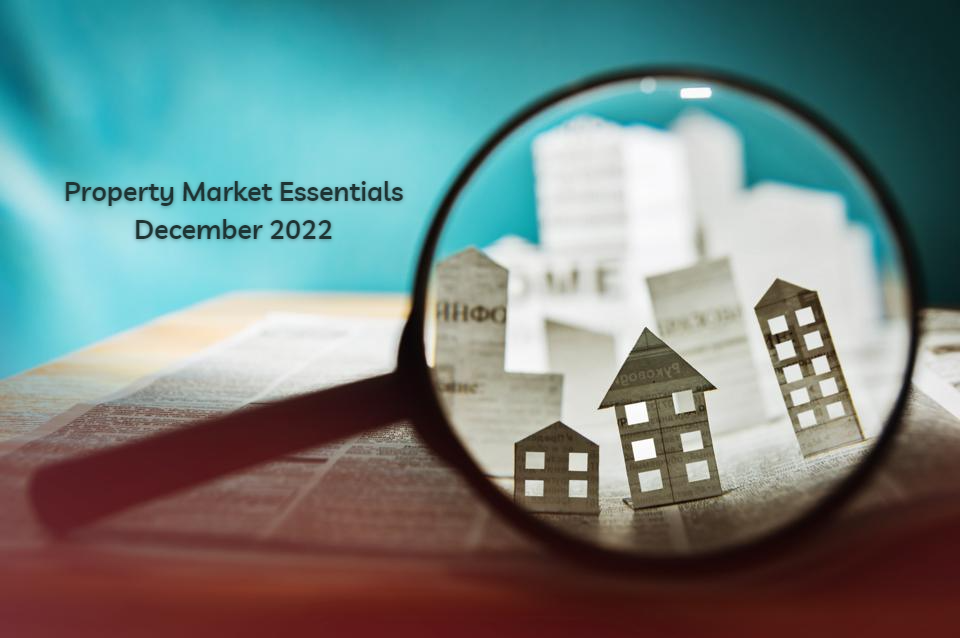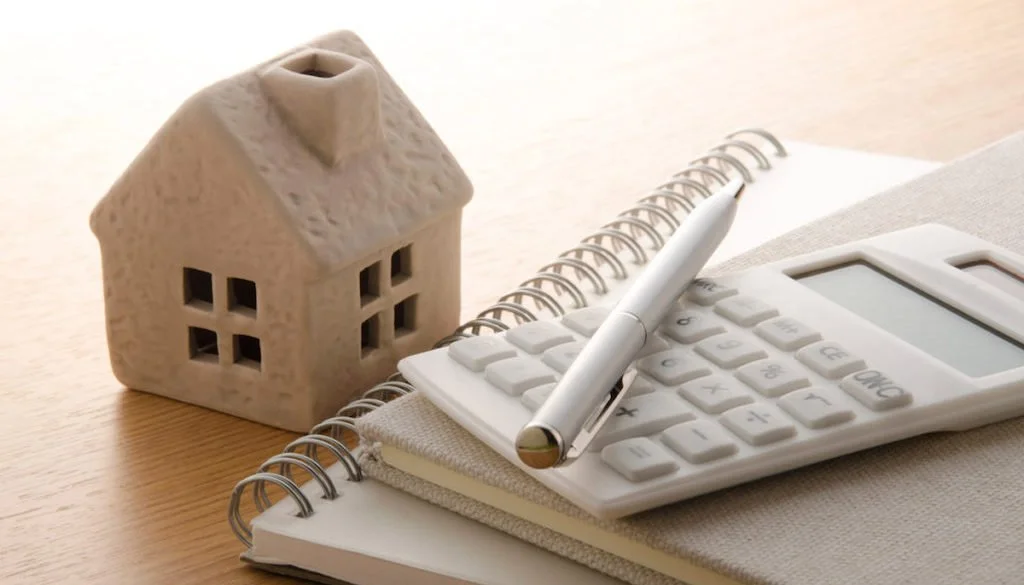Stamp duty isn't going anywhere until we can agree on the tax to replace it
/Nearly all economists and most politicians seem to agree stamp duty is a bad tax. But nearly all state and territory governments rely on it to keep the lights on.
It’s a bad tax because it taxes homeowners every time they move, merely because they have moved. At A$40,000 per move on a median-priced home in Sydney or Melbourne, it’s enough to dissuade people from moving for a better job or to a bigger or smaller home when they have children or their children move out.
It’s even a de facto tax on divorce. When a family home is sold to allow assets to be split, each member of the separating couple needs to pay stamp duty to purchase again. It’s a big reason more than half of divorced women who lose their homes don’t buy again within a decade.
Read More












Loanscape has today released its Borrowing Capacity Index for Q4/2024. It confirms the forecast trend that borrowing capacities of Australian individuals and families are recovering from their low levels which coincided with the last of the recent increases to borrowing rates initiated by the Reserve Bank of Australia.